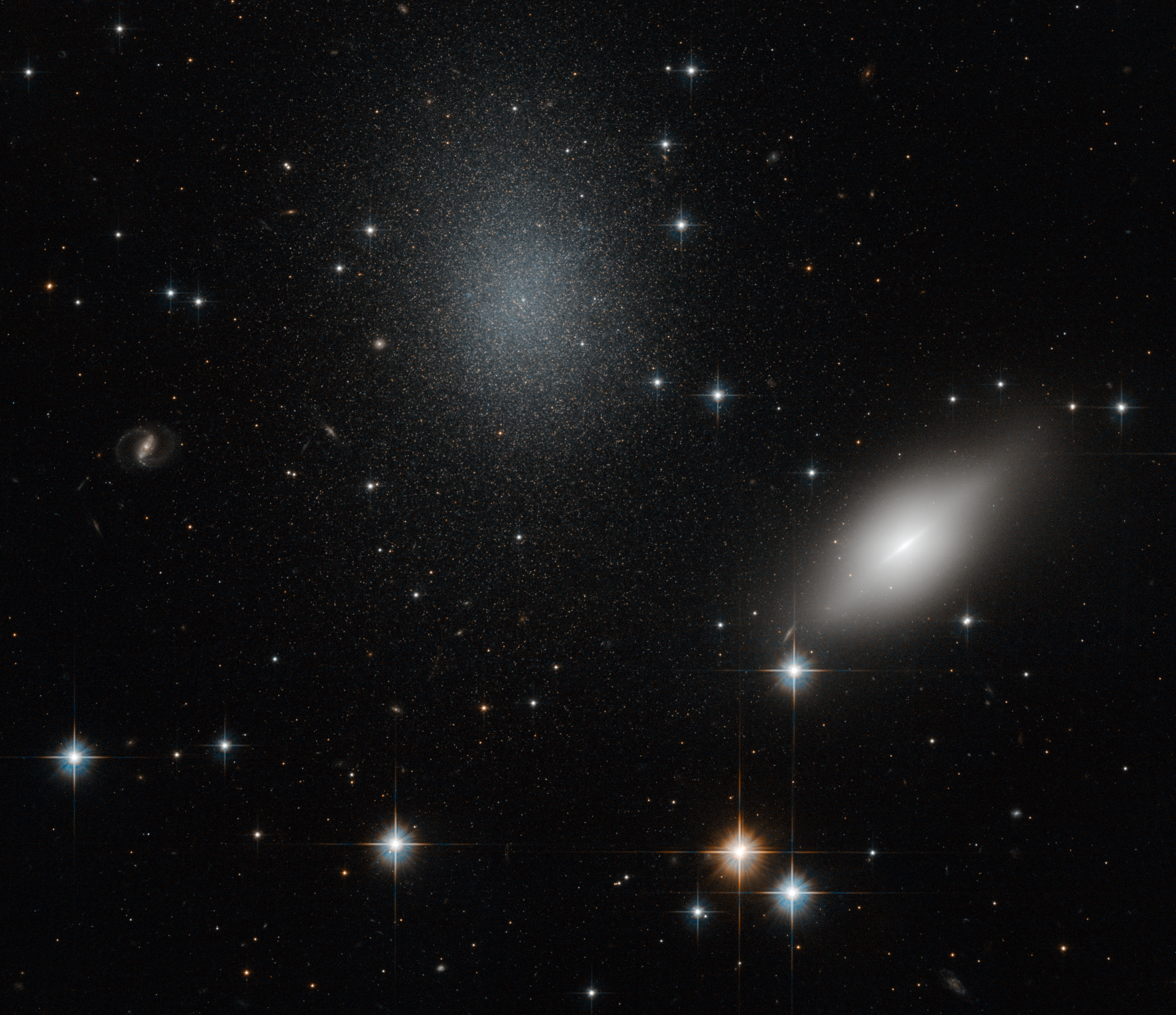|
M83 Group
The Centaurus A/M83 Group is a complex group of galaxies in the constellations Hydra, Centaurus, and Virgo. The group may be roughly divided into two subgroups. The Cen A Subgroup, at a distance of 11.9 Mly (3.66 Mpc), is centered on Centaurus A, a nearby radio galaxy. The M83 Subgroup, at a distance of 14.9 Mly (4.56 Mpc), is centered on the Messier 83 (M83), a face-on spiral galaxy. This group is sometimes identified as one group and sometimes identified as two groups. Hence, some references will refer to two objects named the ''Centaurus A Group'' and the ''M83 Group''. However, the galaxies around Centaurus A and the galaxies around M83 are physically close to each other, and both subgroups appear not to be moving relative to each other. The Centaurus A/M83 Group is part of the Virgo Supercluster, the local supercluster of which the Local Group is an outlying member. Members Member identification The brightest group members were frequently identified in early galax ... [...More Info...] [...Related Items...] OR: [Wikipedia] [Google] [Baidu] |
ESO Centaurus A LABOCA
The European Organisation for Astronomical Research in the Southern Hemisphere, commonly referred to as the European Southern Observatory (ESO), is an intergovernmental organization, intergovernmental research organisation made up of 16 member states for ground-based astronomy. Created in 1962, ESO has provided astronomers with state-of-the-art research facilities and access to the southern sky. The organisation employs about 730 staff members and receives annual member state contributions of approximately €162 million. Its observatories are located in northern Chile. ESO has built and operated some of the largest and most technologically advanced telescopes. These include the 3.6 m New Technology Telescope, an early pioneer in the use of active optics, and the Very Large Telescope (VLT), which consists of four individual 8.2 m telescopes and four smaller auxiliary telescopes which can all work together or separately. The Atacama Large Millimeter Array observes the un ... [...More Info...] [...Related Items...] OR: [Wikipedia] [Google] [Baidu] |
Galaxy Morphological Classification
Galaxy morphological classification is a system used by astronomers to divide galaxies into groups based on their visual appearance. There are several schemes in use by which galaxies can be classified according to their morphologies, the most famous being the Hubble sequence, devised by Edwin Hubble and later expanded by Gérard de Vaucouleurs and Allan Sandage. However, galaxy classification and morphology are now largely done using computational methods and physical morphology. Hubble sequence The Hubble sequence is a morphological classification scheme for galaxies invented by Edwin Hubble in 1926. It is often known colloquially as the “Hubble tuning-fork” because of the shape in which it is traditionally represented. Hubble's scheme divides galaxies into three broad classes based on their visual appearance (originally on photographic plates): * Elliptical galaxies have smooth, featureless light distributions and appear as ellipses in images. They are denoted by the l ... [...More Info...] [...Related Items...] OR: [Wikipedia] [Google] [Baidu] |
Dwarf Spheroidal Galaxies
A dwarf spheroidal galaxy (dSph) is a term in astronomy applied to small, low-luminosity galaxies with very little dust and an older stellar population. They are found in the Local Group as companions to the Milky Way and to systems that are companions to the Andromeda Galaxy (M31). While similar to dwarf elliptical galaxies in appearance and properties such as little to no gas or dust or recent star formation, they are approximately spheroidal in shape and generally have lower luminosity. Discovery Despite the radii of dSphs being much larger than those of globular clusters, they are much more difficult to find due to their low luminosities and surface brightnesses. Dwarf spheroidal galaxies have a large range of luminosities, and known dwarf spheroidal galaxies span several orders of magnitude of luminosity. Their luminosities are so low that Ursa Minor, Carina, and Draco, the known dwarf spheroidal galaxies with the lowest luminosities, have mass-to-light ratios (M/L) greate ... [...More Info...] [...Related Items...] OR: [Wikipedia] [Google] [Baidu] |
Dark Energy Camera
The Dark Energy Survey (DES) is an astronomical survey designed to constrain the properties of dark energy. It uses images taken in the near-ultraviolet, visible, and near-infrared to measure the expansion of the universe using Type Ia supernovae, baryon acoustic oscillations, the number of galaxy clusters, and weak gravitational lensing. The collaboration is composed of research institutions and universities from the United States,DES Collaboration Page DES Collaborators. Australia, Brazil,DES-Brazil , DES-Brazil Consortium. the United Kingdom, Germany, Spain, and Switzerland. The collaboration is divided into several scientific working groups. The director of DES is [...More Info...] [...Related Items...] OR: [Wikipedia] [Google] [Baidu] |


